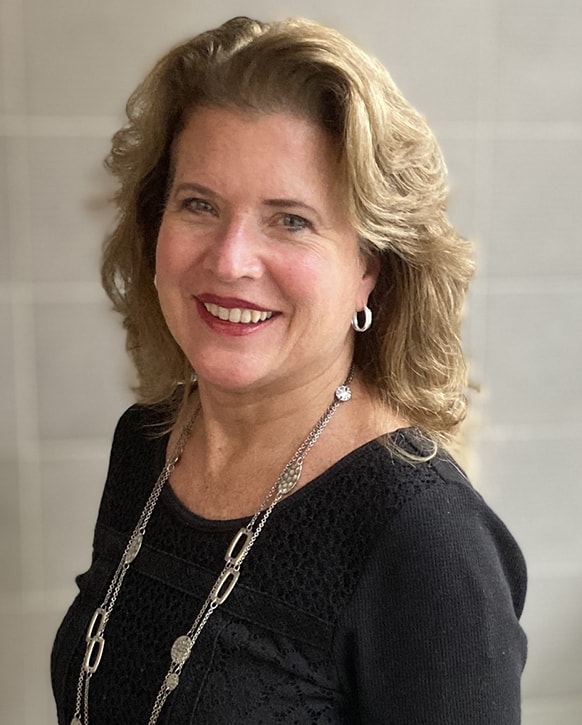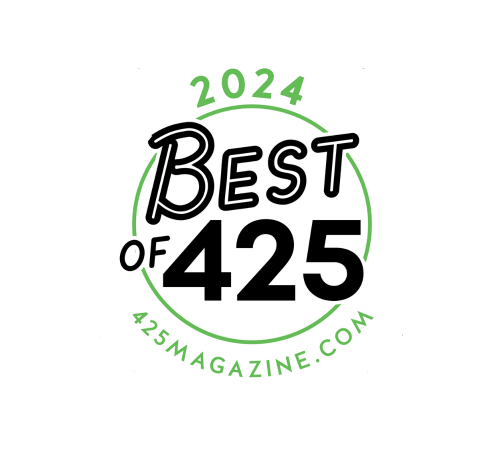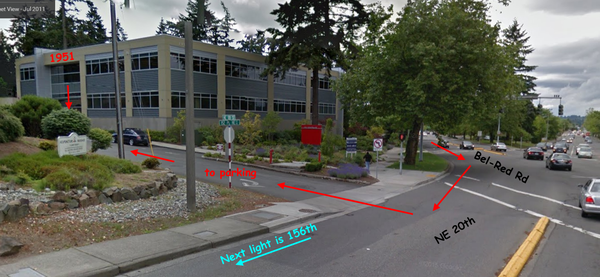Myopia: It’s More Than Just Blurry Distance Vision
As an eye doctor, I see firsthand how often people dismiss myopia—also known as nearsightedness—as just blurry distance vision. But myopia is more than a nuisance. It’s a progressive eye condition that can affect your child’s lifelong eye health.
I often get asked:
“Is myopia the same as astigmatism?”
The answer is no. Here’s how they differ:
- Myopia: Distant objects appear blurry, but near vision is clear.
- Astigmatism: Vision is distorted at all distances due to an irregularly shaped cornea.
Myopia: It’s More Than Just Blurry Distance Vision
Why Myopia Happens—and Why It’s on the Rise
So, what causes myopia? Simply put, it happens when:
- The eyeball grows too long
- Or the cornea is too curved
This causes light to focus in front of the retina, instead of directly on it. That’s why things far away look fuzzy.
Modern Habits Are Making It Worse
I’ve seen a clear trend in recent years—more children developing myopia at younger ages.
Lifestyle factors play a big role:
- Too much screen time
- Not enough outdoor play
- Hours of close-up work (like reading or gaming)
Yes, Myopia Lenses Are Concave
I often explain this to my patients:
Myopia lenses are concave—they’re thinner in the center and thicker at the edges. This design:
- Refocuses light directly onto the retina
- Helps restore sharp distance vision
But here’s the catch: glasses help you see better—they don’t stop myopia from getting worse.
Can Myopia Be Cured?
One of the most common questions I hear is:
“Can myopia be reversed or cured?”
Right now, the answer is no. But the great news is—we can slow it down. At Overlake Family Vision, we offer evidence-based treatments that can protect your child’s vision as they grow.
When Does Myopia Stop Getting Worse?
Typically, myopia progression:
- Slows down in the late teens or early twenties
- Varies from child to child
That’s why I stress the importance of early diagnosis. The sooner we start treatment, the more we can do to shape healthy vision development.
Myopia vs. Hyperopia: What’s the Difference?
It’s easy to mix these up:
- Myopia (nearsightedness): Near is clear, distance is blurry
- Hyperopia (farsightedness): Distance is clear, near is blurry
Both are common, but they require very different treatments. Understanding the difference helps us make the best plan for your child.Myopia Management at Overlake Family Vision.
Myopia Management at Overlake Family Vision
At my practice in Bellevue, I offer personalized, child-friendly options to control myopia. These include:
- Soft Therapeutic Contact Lenses
◦ FDA-approved options like MiSight® 1 day
◦ Provide clear vision and slow myopia progression - Atropine Eye Drops
◦ A once-a-night eye drop
◦ Proven to significantly reduce the speed of myopia progression
Why Early Action Matters
Think of myopia treatment like orthodontics for the eyes. It’s easier to guide proper growth while your child is still developing.
By acting early, we can:
- Preserve clear, healthy vision
- Lower the risk of serious eye issues later, like retinal detachment or glaucoma
Ongoing Monitoring Is Key
Starting treatment is just the first step—regular follow-up is essential to ensure progress and make any needed adjustments.
At Overlake Family Vision, we recommend the following check-in schedule for children
undergoing myopia management:
- 3-Month Check: Evaluate initial response to treatment and monitor early signs of progression
- 6-Month Check: Adjust treatment if needed and ensure ongoing effectiveness
- 9-Month Check: Track eye growth, vision stability, and reinforce good visual habits
These visits help us stay one step ahead, giving your child the best chance for long-term success.
Your Partner in Lifelong Vision Care
I’m not just here to check your child’s eyesight. At Overlake Family Vision, I’m your partner in protecting their long-term eye health.
Proudly serving families in Bellevue, Redmond, and across the Eastside.
Let’s Help Your Child Grow Up Seeing Clearly
📞 Call us at (425) 638-0700
💻 Or book online at https://overlakefamilyvision.com/
Every child deserves to grow up seeing the world with clarity—today and tomorrow.













